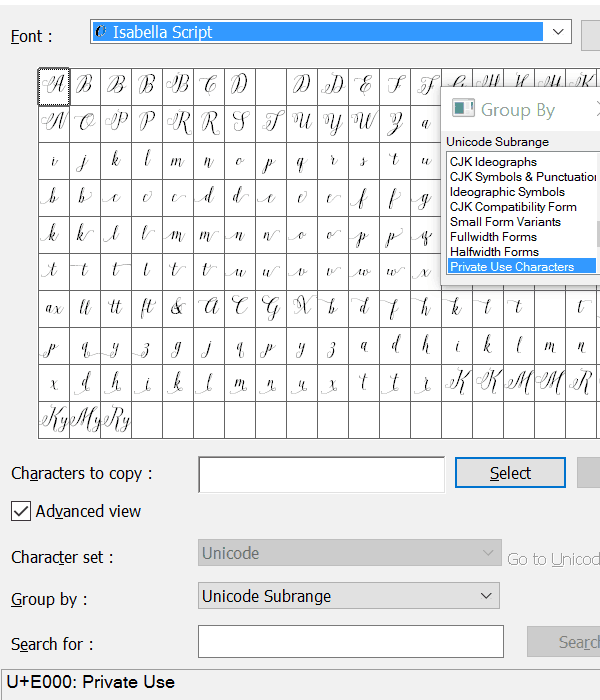

Including command buttons will add Keep Only, Exclude, and Viewĭata buttons to the bottom of the tooltip. To show filtering and view data options in the tooltip. (Optional) Select the Include command buttons option YouĬan also use the All Fields option to exclude fields. Updates the tooltip as you change the view. The All Fields option on the Insert menu adds all field namesĪnd values that are used in the view. (Optional) Use the Insert drop-down list at the Top of the dialog box to add dynamic text such as field values, Tooltips are specifiedįor each sheet and can be formatted using the formatting tools along You can also modify which fields are included TooltipsĪlso offer convenient tools to quickly filter or remove a selection, select marks that have the same value

You rest the pointer over one or more marks in the view. Tableau adheres to regional standards when determining when to begin or end line breaks. If this happens, you can hover the cursor over a cell until a double-sided arrow appears, and then click and drag down to expand the cell size. Note: If cells are not large enough to show more than one row of text, turning on wrapping will have no visible effect. It does not control text marks in the visualization. Wrap - Controls whether long headers wrap to Vertical Alignment - Controls whether text aligns at the top, middle, or bottom.ĭirection - Rotates text so that it runs horizontally (default), top-to-bottom (up), or bottom-to-top (down). Horizontal - Controls whether text aligns to the You can specify the following alignment options: To format the text alignment, select Format > Alignment to open the text alignment pane. For example, you can change the direction of header text so that it is horizontal (default) instead of vertical (up). Tableau uses visual best practices to determine how text is aligned in a view, but you can also customize your text alignment. The format font options are limited to the Header, Total, and Grand Total selections. If you have dimensions on both the row and column shelves, you can independently format the fonts through the Rows and Columns tabs on the Formatting pane. This control pane will let you customize the text in the view. If you're working in Tableau Desktop, select Format > Font. You can also Clear Worksheet Formatting in the Format control pane. You can choose to format the Individual Title, Caption, Legends, Filters and Sets, Highlighters, and Parameters. If you're working in Tableau Server or Tableau Online, select Format and then choose the element you want to format from the menu. To access worksheet-level format settings, select the Format menu, then choose the part of the view, such as Font or Border, that you want to format.
#FONT VIEWER OF MY TEXT THEN COPY AND PASTE HOW TO#
See Format at the Workbook Level to learn how to make changes that apply to every view in your workbook. When you make formatting changes at this level, they apply only to the view you're working on. Whether you're changing the font size, position, color, or direction, Tableau provides a wide range of customization options for your text. The proper font selection can take your visualization from good to great.


 0 kommentar(er)
0 kommentar(er)
